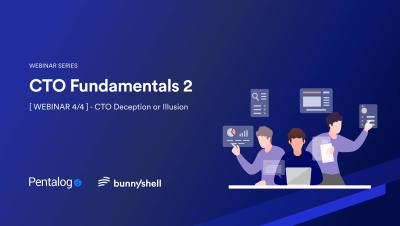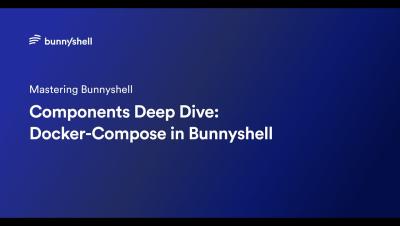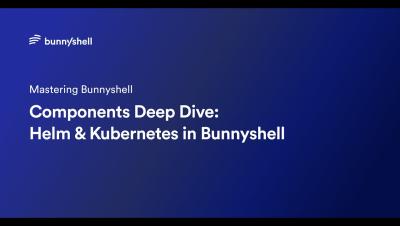Deploy Testing Environments with Production-Like Data using Bunnyshell and Neon Serverless Postgres
In this webinar we explored the power of Bunnyshell and Neon in deploying production-like testing environments. Bunnyshell, an Environment as a Service platform, enables developers to instantly spin up ephemeral environments on Kubernetes. Neon provides a fully managed multi-cloud Postgres with a generous free tier, making it easy to launch serverless Postgres with a single command.











